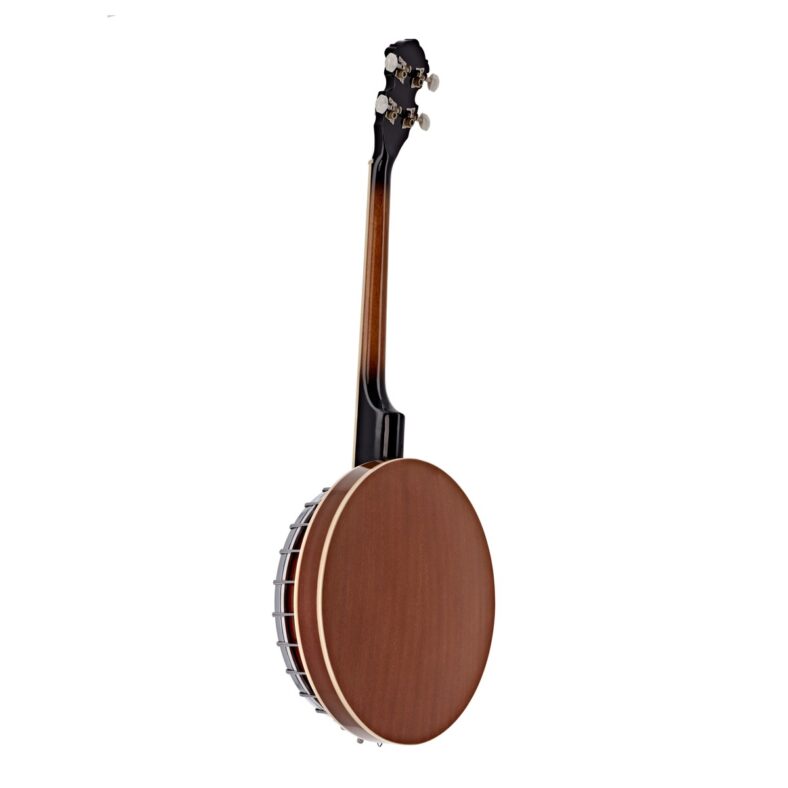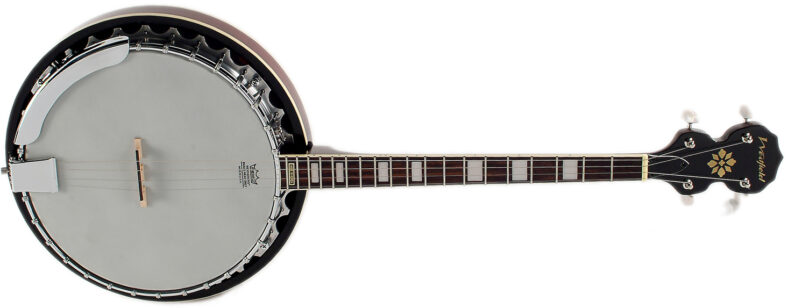If you’re interested in picking up a banjo, there are various types available. Each one sounds differently when used in various music genres so finding the ideal model may prove challenging.
A 4 string banjo is an ideal starting instrument, often utilized for folk or bluegrass styles. With its narrow neck and 22 frets, this instrument may prove easier to play than its five string counterpart.
It’s a ukulele
Ukuleles are small guitar-like instruments constructed from wood such as Hawaiian koa, mahogany, maple, rosewood myrtle brazilian canary cocobolo and elm.
The ukulele is an ideal instrument for beginners as its easy learning curve and fun gameplay make it a fun alternative for musicians exploring various musical genres.
Ukuleles typically produce sweeter tones than banjos due to their wooden bodies which produce warm, bright sounds.
Ukuleles can also be tuned to lower ranges than their standard counterparts for easier playing, making them even easier to pick up and learn to play. Furthermore, their variety of colors make them great instruments to travel with; often used by folk and Hawaiian musicians and also utilized in rock to jazz genres of music.
It’s a tenor
A tenor banjo is a four string banjo tuned one octave lower than a fiddle, often seen in jazz, ragtime and dance club bands. This instrument can either be plucked with the fingers or played using a pick.
These instruments, often called tango banjos, were heavily influenced by American dance music in the early 20th century and can now be commonly found in Dixieland jazz performances.
Most tenor banjos feature 17 or 19 frets and have shorter necks than long-neck banjos with 22 frets, usually designed for beginners or intermediate level models.
It’s a plectrum
A plectrum is a small flat device used to pick strings on instruments like guitars, banjos, mandolins and harpsichords. Depending on the instrument and player preference, plectrums may be worn on one or both hands for picking string instruments such as guitars.
A four string banjo, also referred to as a plectrum banjo, is a long-necked instrument designed for playing with guitar-style flat pick. Plectrum banjos originated as an alternative to five string banjos and typically tuned with fifths (CDGA) so chord changes up-the-neck become easier.
The plectrum banjo is an ideal instrument for both beginning players and experienced musicians alike, whether your focus lies in jazz, pop or Celtic styles of music. Additionally, it makes an excellent second instrument choice when adding more diversity to an established player’s arsenal of instruments.
It’s a backless
Backless banjos are instruments without resonators attached at the back, enabling players to see inside its sound-producing chamber and select their preferred tone more easily.
The four string banjo is an adaptable instrument, capable of adapting to different genres and musical styles. From Celtic and Irish tunes, Traditional Dixieland tunes, Ragtime and Tin Pan Alley songs; you name it! The 4 string banjo can adapt itself for use.
When purchasing a 4 string banjo, make sure you find one that best meets your musical requirements and budget. There are a number of great choices out there which won’t break the bank.
Traditional banjos have traditionally been made from maple wood; however, other hard woods such as mahogany may also be used to craft them. Your choice of wood will determine both its quality and sound of the instrument.



